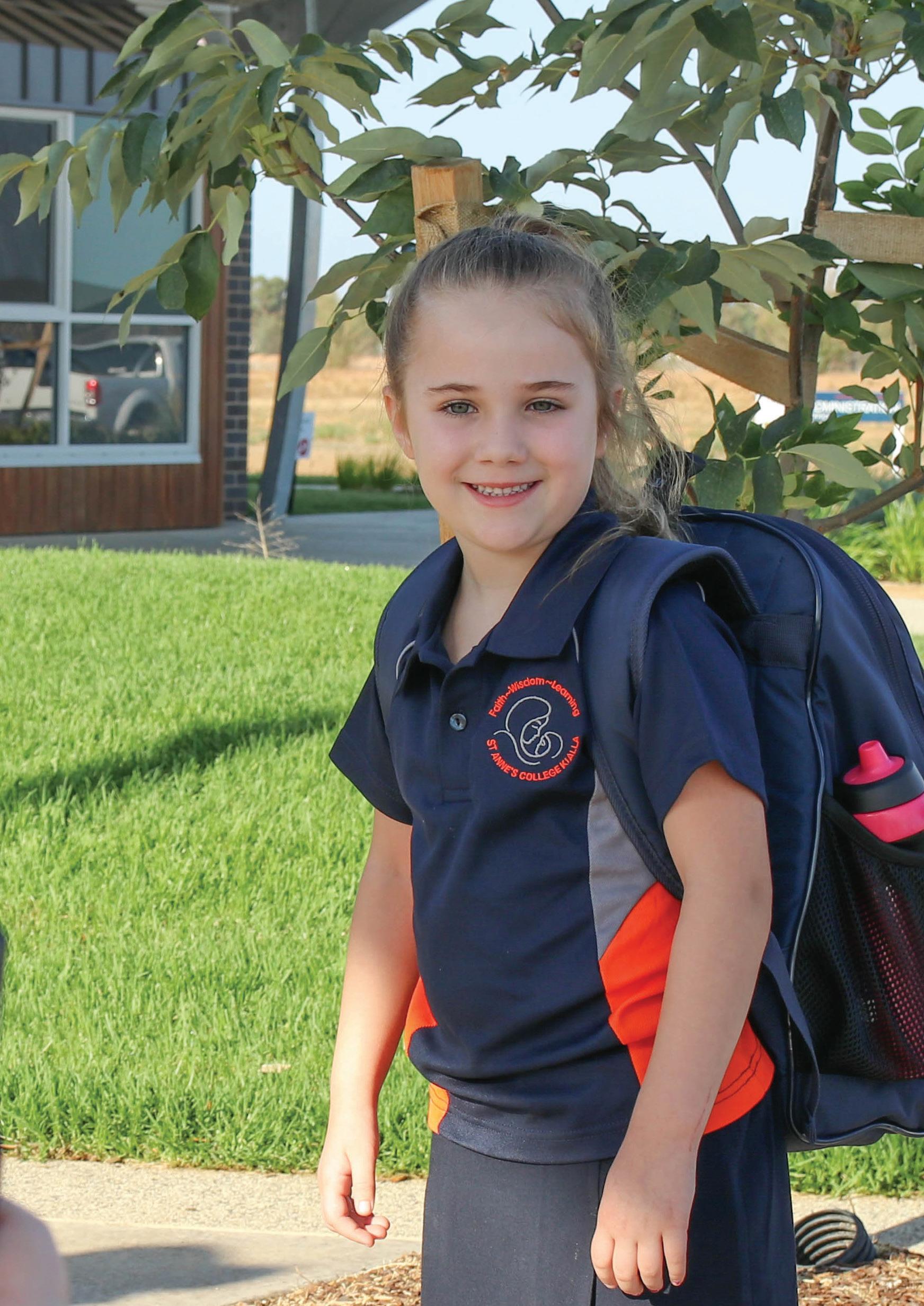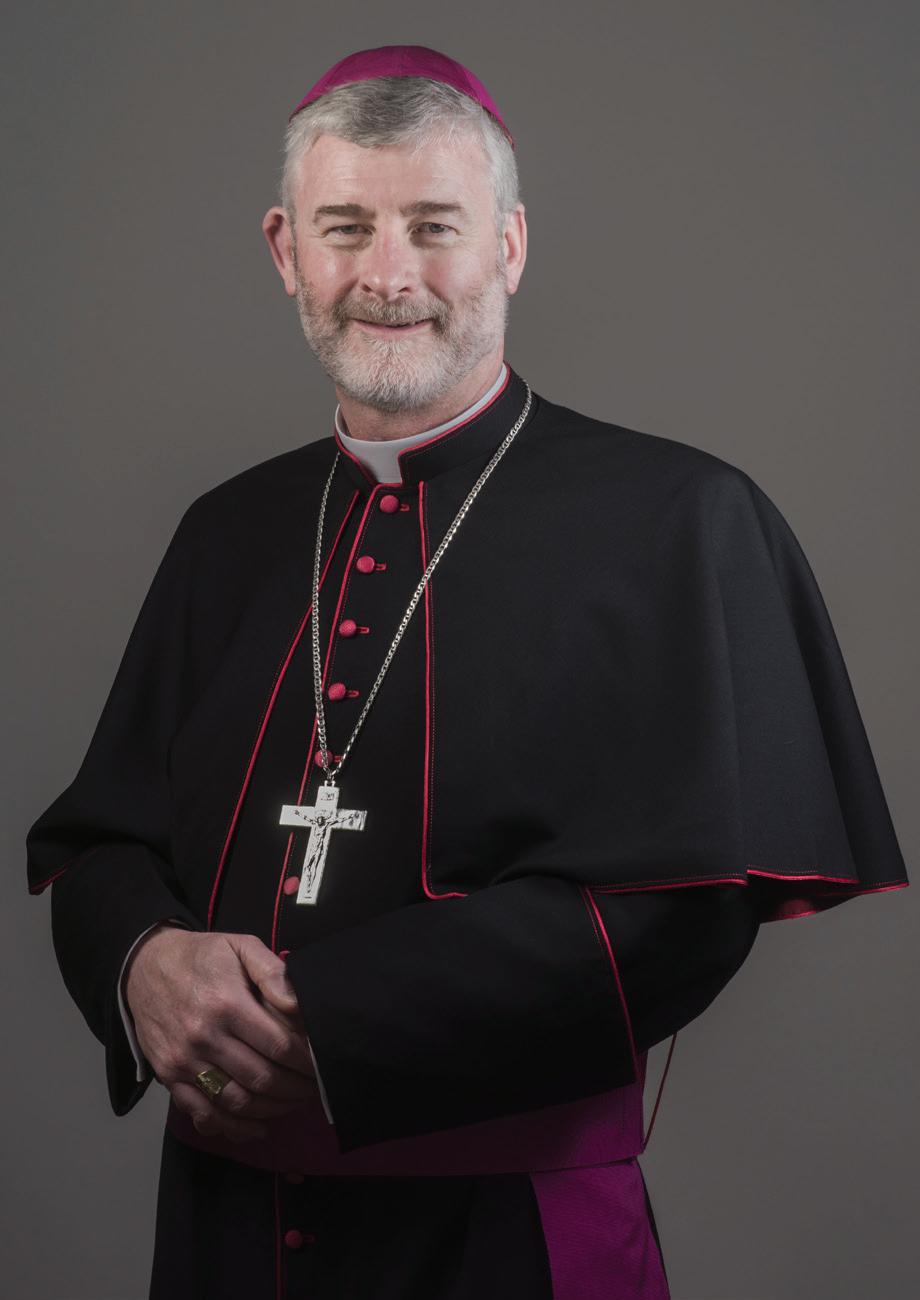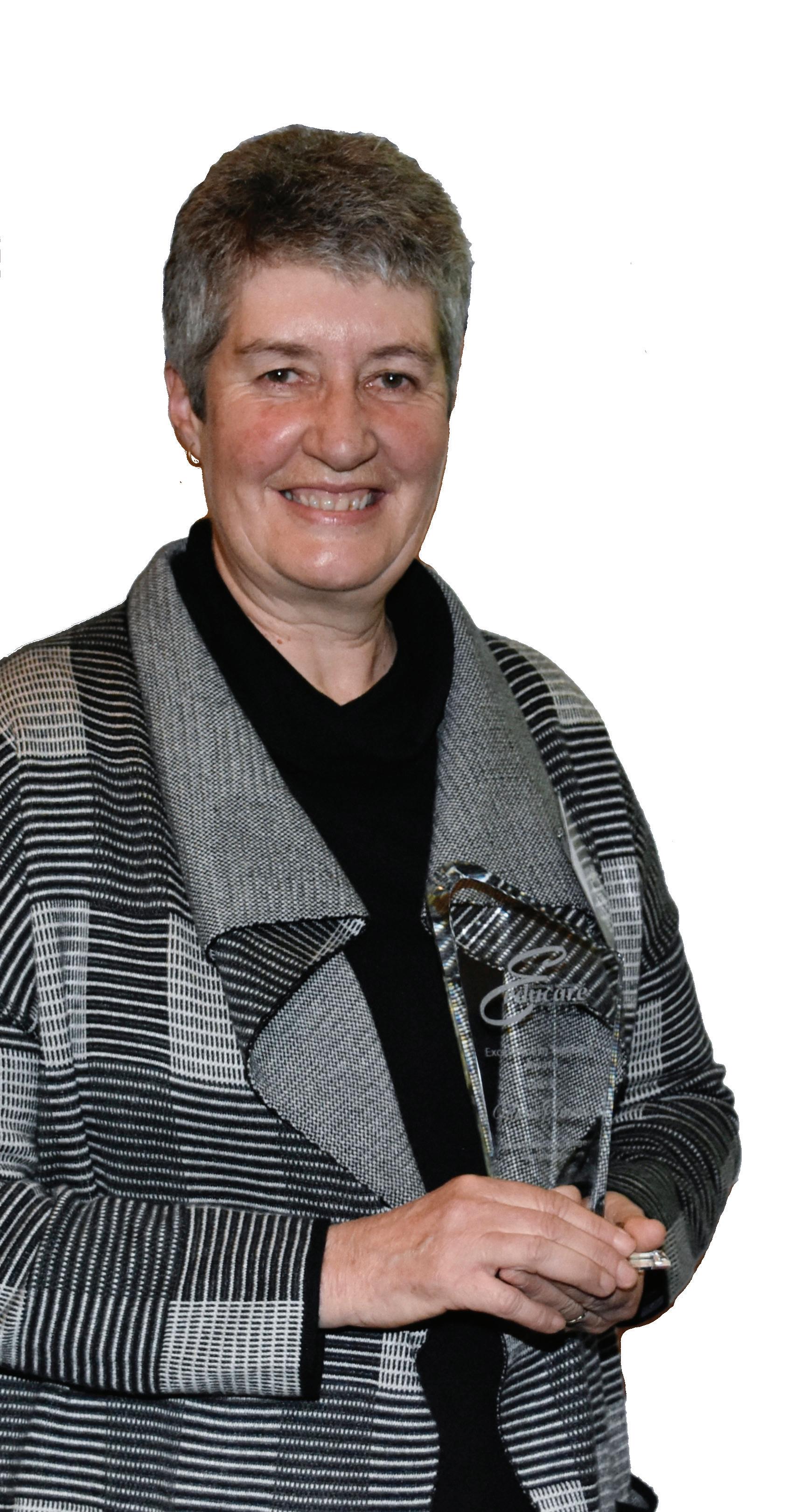Issue 20
DECEMBER 2019
8 THE EIGHTH BISHOP OF SANDHURST
10 LANGUAGES FILM FESTIVAL 12 EDUCARÉ Celebrating the craft of teaching IN A NAME 16 WHAT’S St Anne’s College Kialla
INSIDE: History of the Bishops of Sandhurst - past and present
Catholic Education Sandhurst




